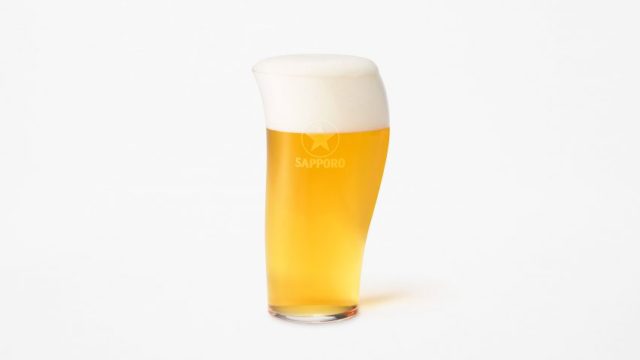Beer glass invented that provides ‘three different mouthfeels’
The “perfect” beer glass has been created by Japanese design studio Nendo to maximise “refreshment, aroma and richness” when drinking.

The glass, which Nendo made for Japan’s oldest beer brand Sapporo, has an asymmetrical silhouette which affects how the beverage interacts with the palate of the drinker and has straight sides on the front and back while the left side curves inwards and the right side curves outwards.
It was designed by Nendo as the “perfect” beer glass to enhance the taste of Sapporo’s first bottled draft, launched in 1977, known as Kuro Label after its black-coloured label.
Speaking about the invention, the team at Nendo explained: “Kubo Label is well recognised for its multiple distinct flavour profiles, beginning with the ‘first sip’, the ‘middle’ and ending with the ‘last sip’, taking your palate through a journey of complex flavours and pleasures in one drink. To maximise the richness and aroma of the beer, a glass with three different mouthfeels was designed.”
Partner Content
The designers at Nendo pointed out how they had made “the straight side of the Sapporo glass to allow the beer to trickle along the centre of the user’s tongue to the back of the mouth to deliver a crisp, refreshing taste” and explained that “this allows the beer to be drunk in three different ways”.
According to Nendo, the shape of the glass emphasises these different mouthfeels and flavours that are contained within the beer, “offering a way to savour multiple experiences within a single glass”.
Nendo has previously worked on inventions such as beer cans that help you pour the perfect head of foam that it unveiled last spring.
Nendo was founded in 2002 by Oki Sato after he had completed an architecture degree at Tokyo’s Waseda University. According to design reports, the studio’s work is said to “bring a touch of humour or ingenuity to the things people interact with every day, whilst maintaining a minimalist Japanese sensibility”.
Related news
Carlsberg Hong Kong expands no and low alcohol portfolio




